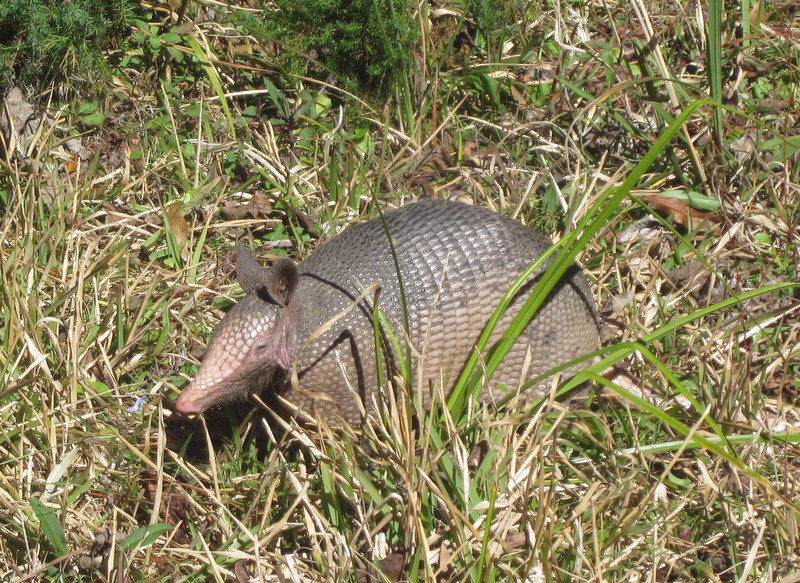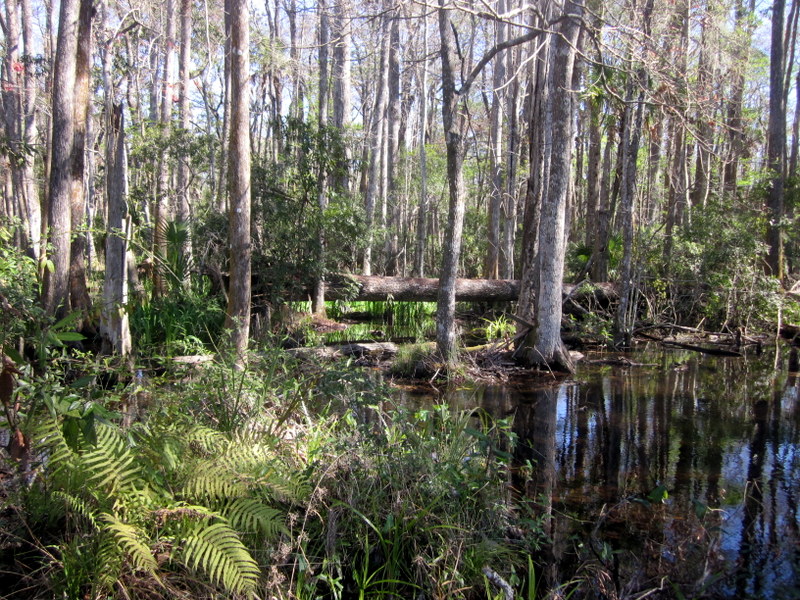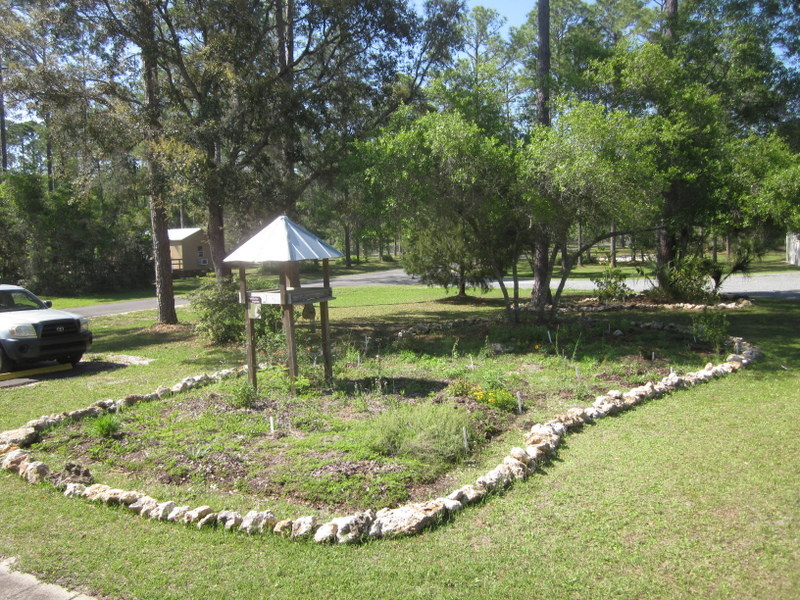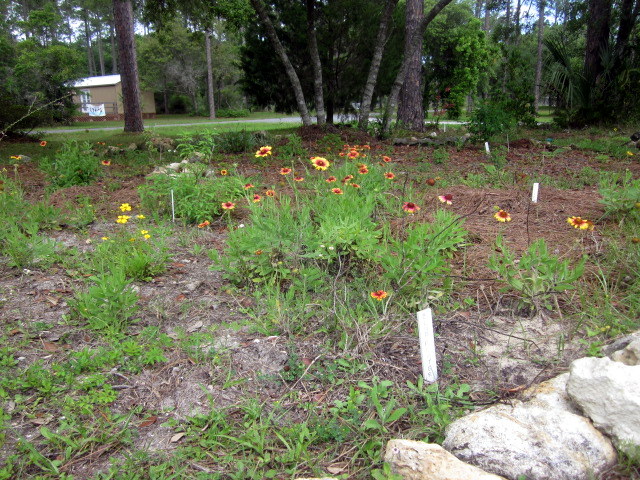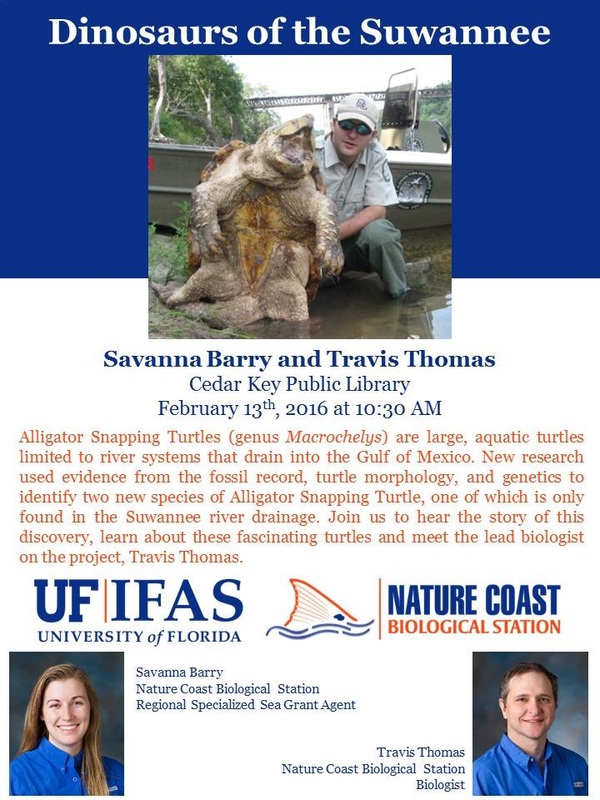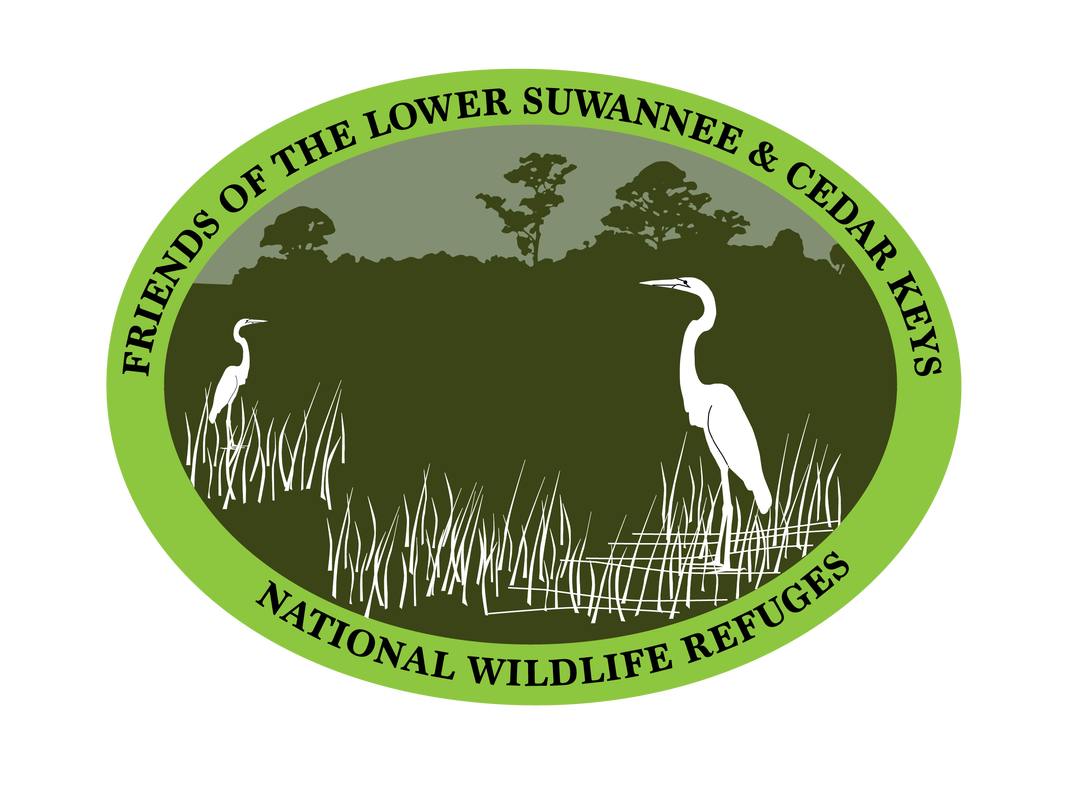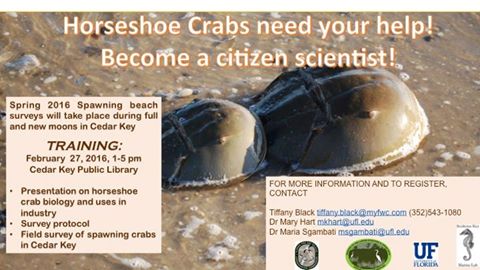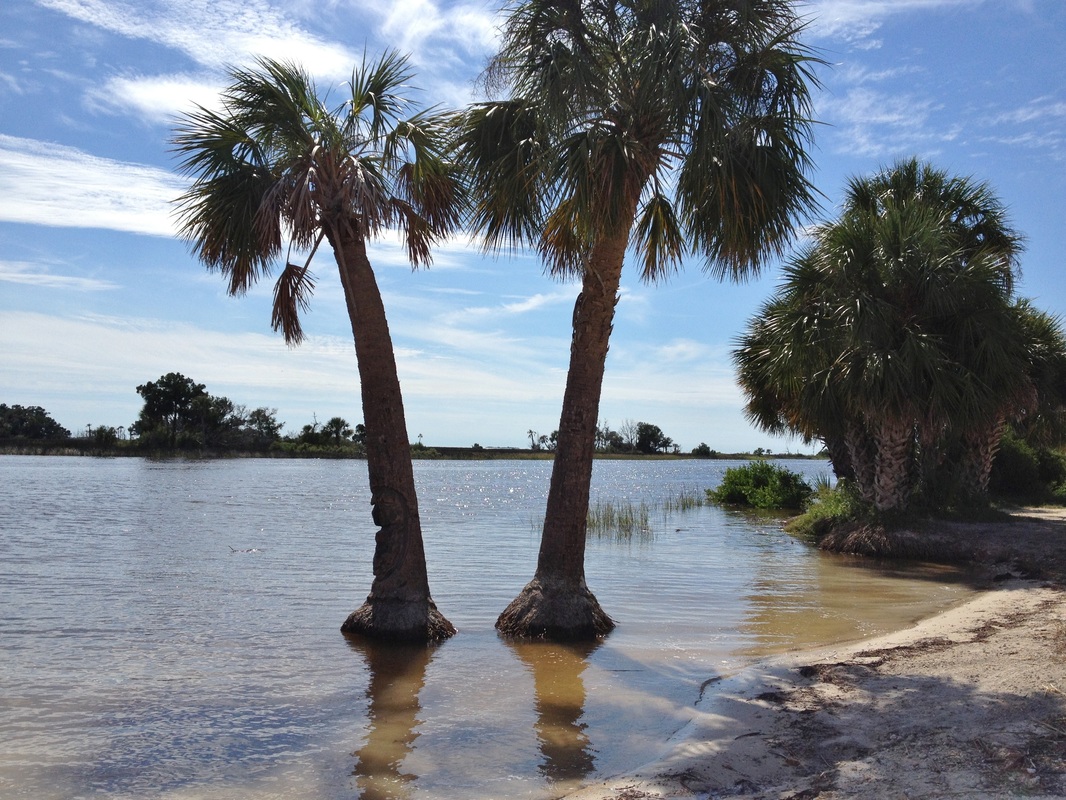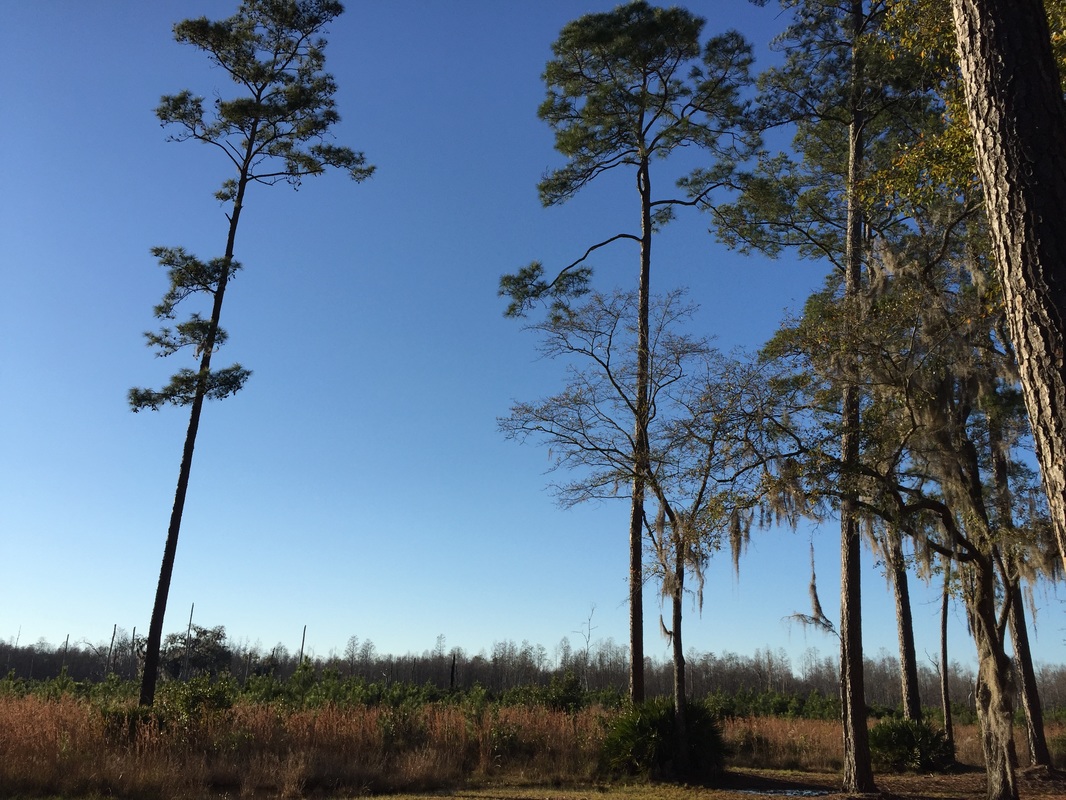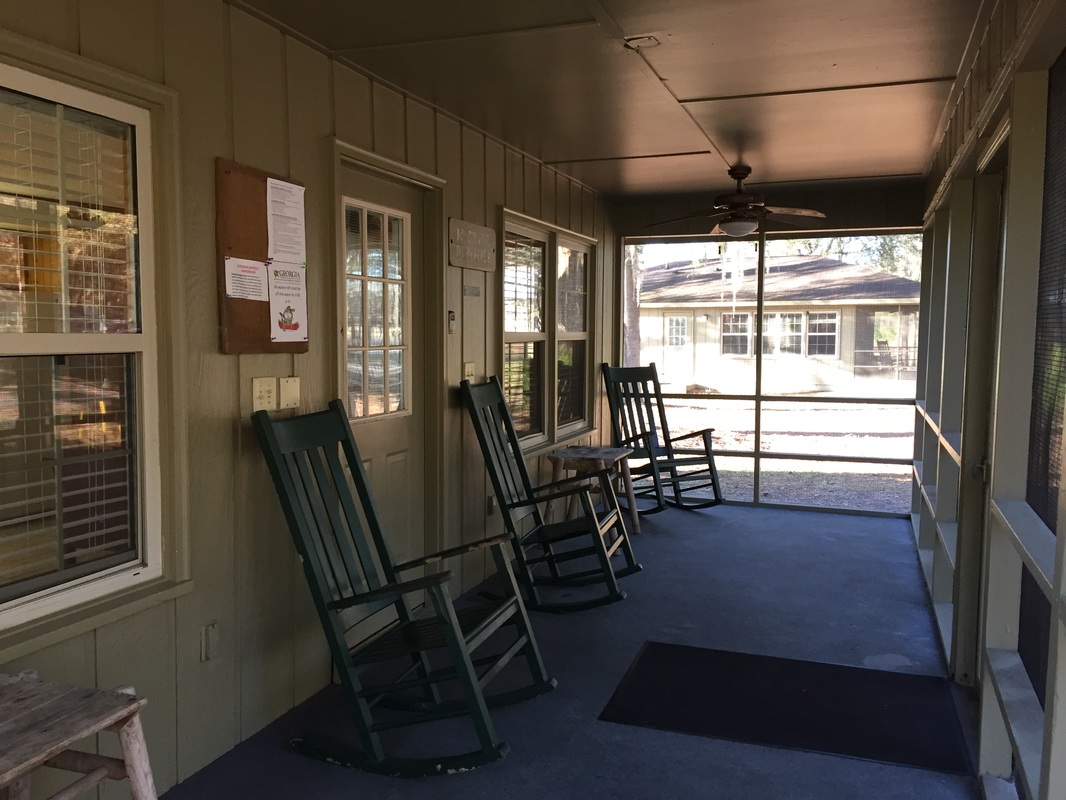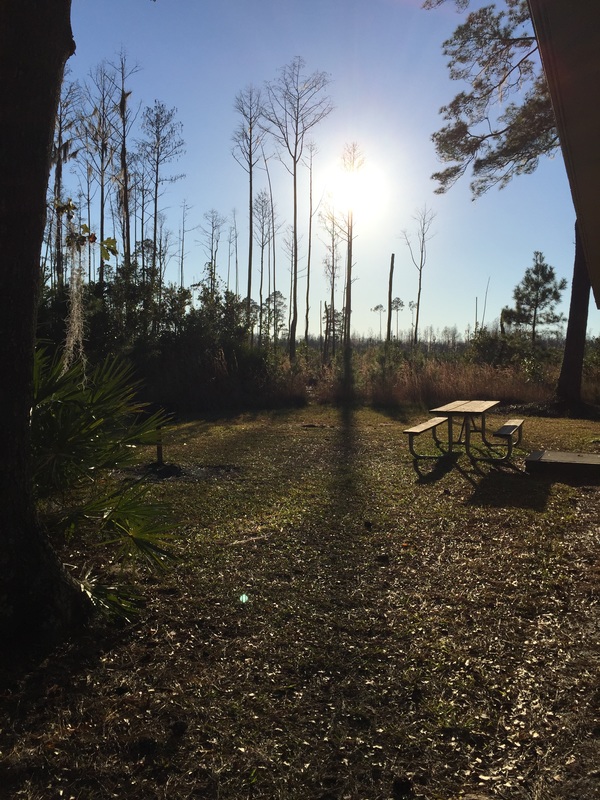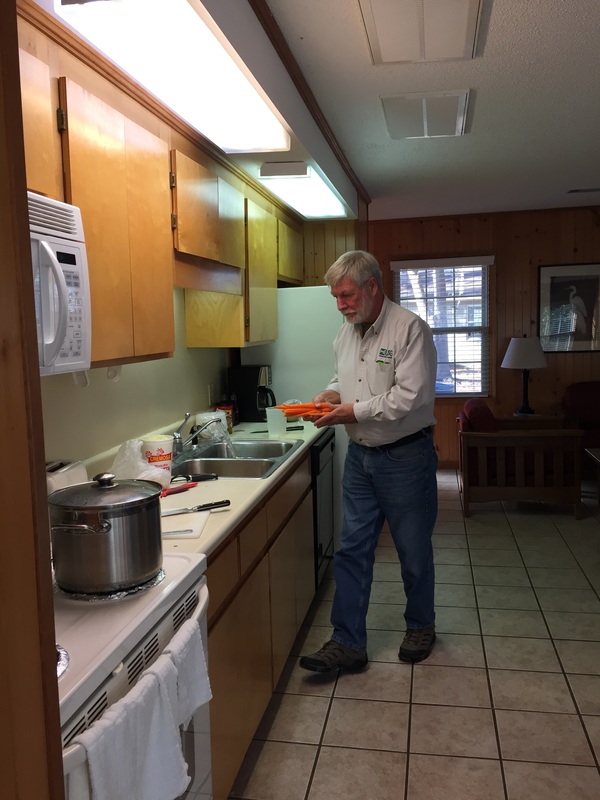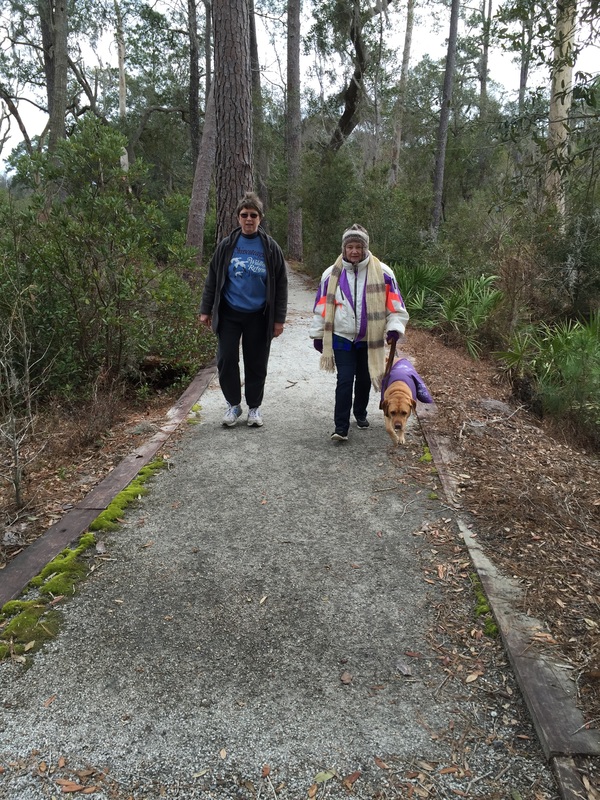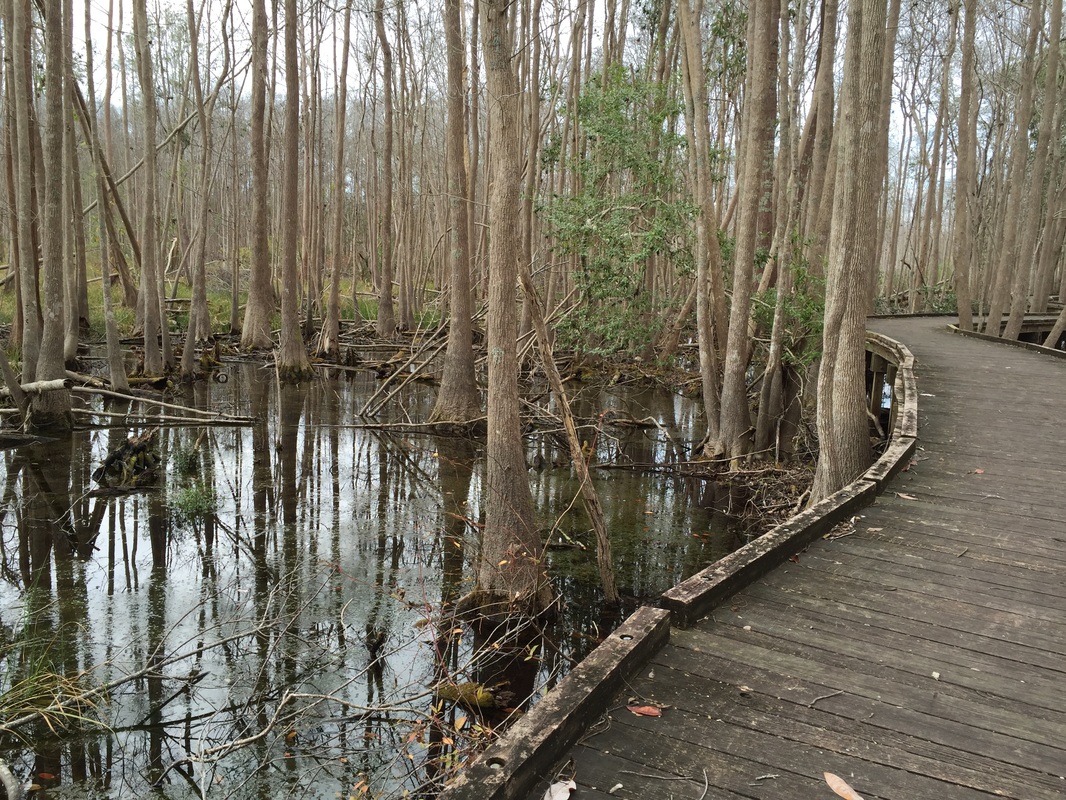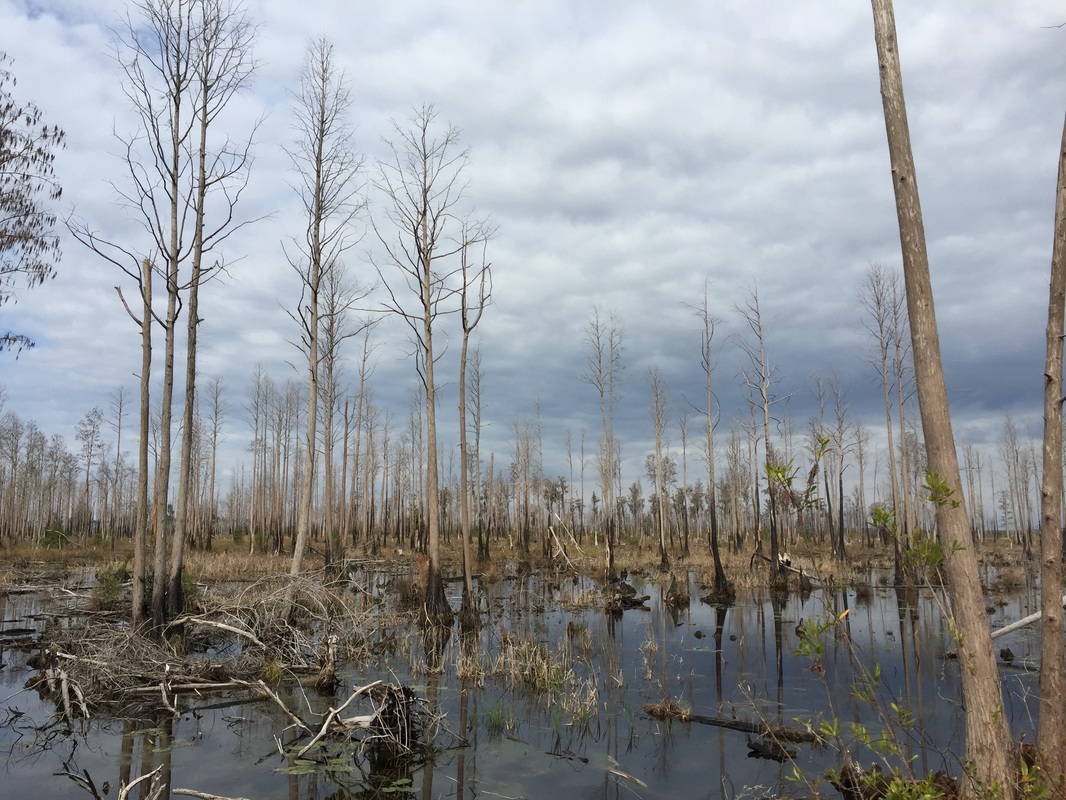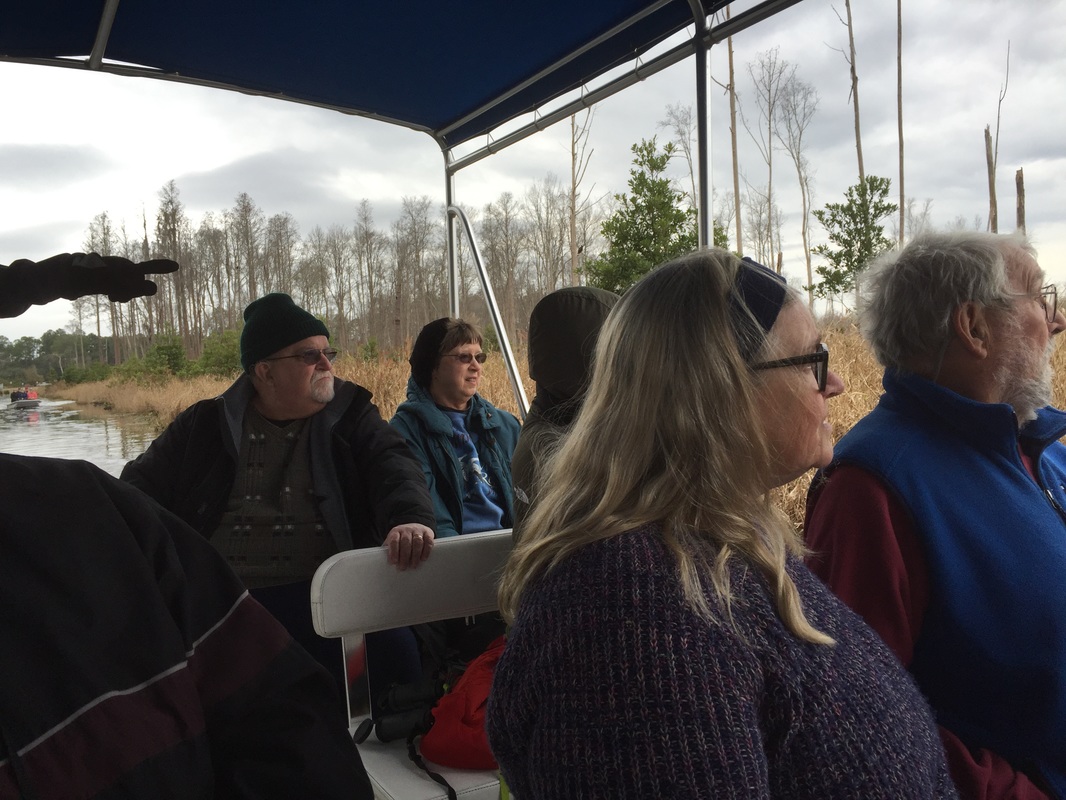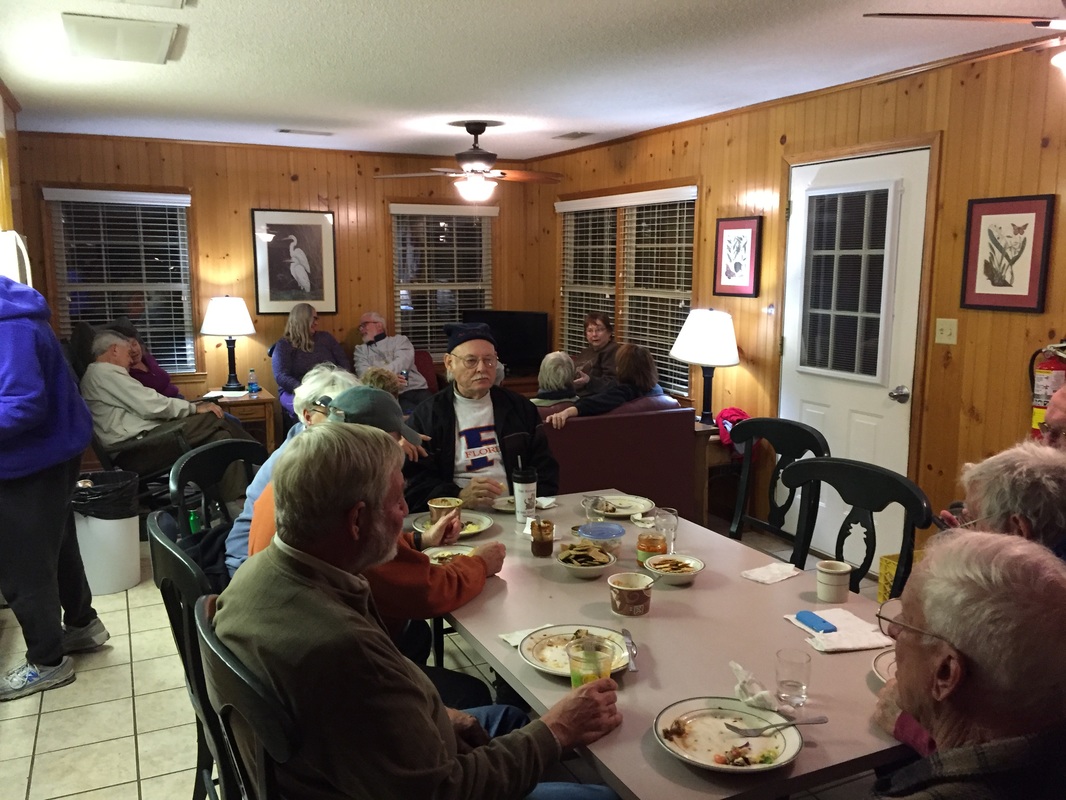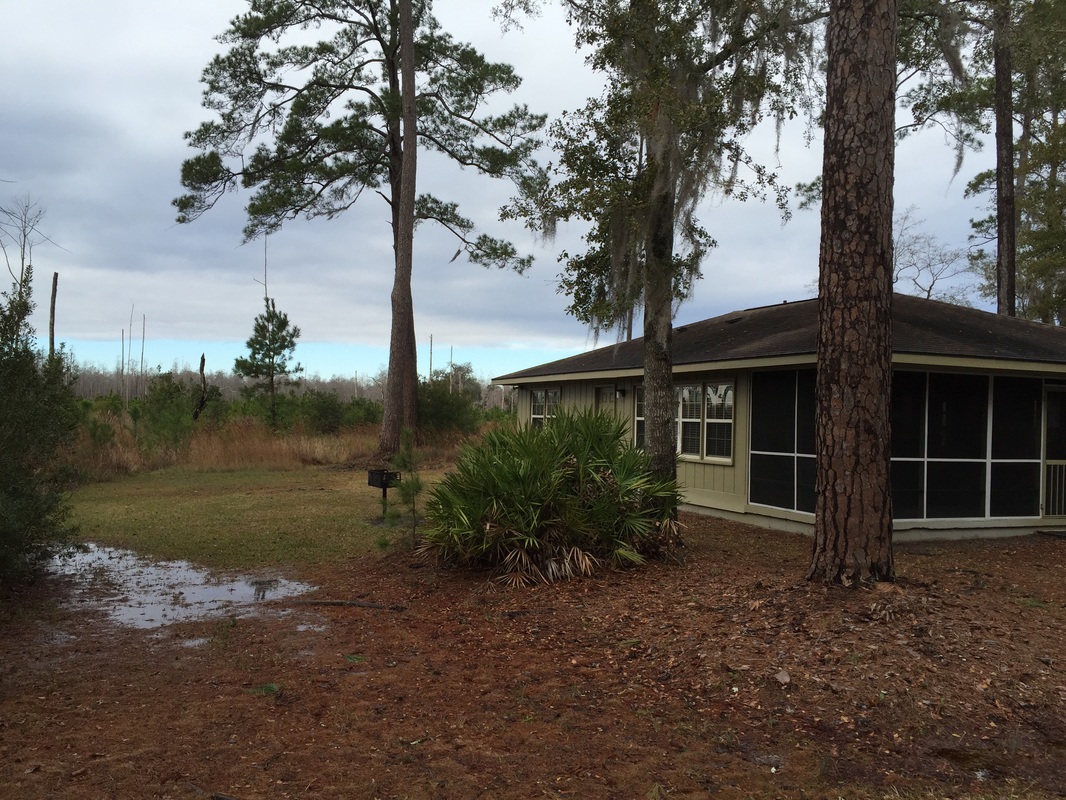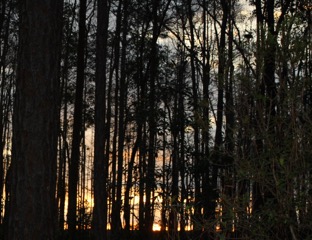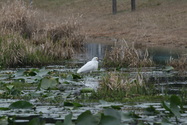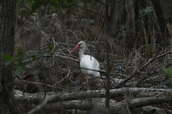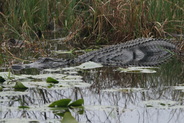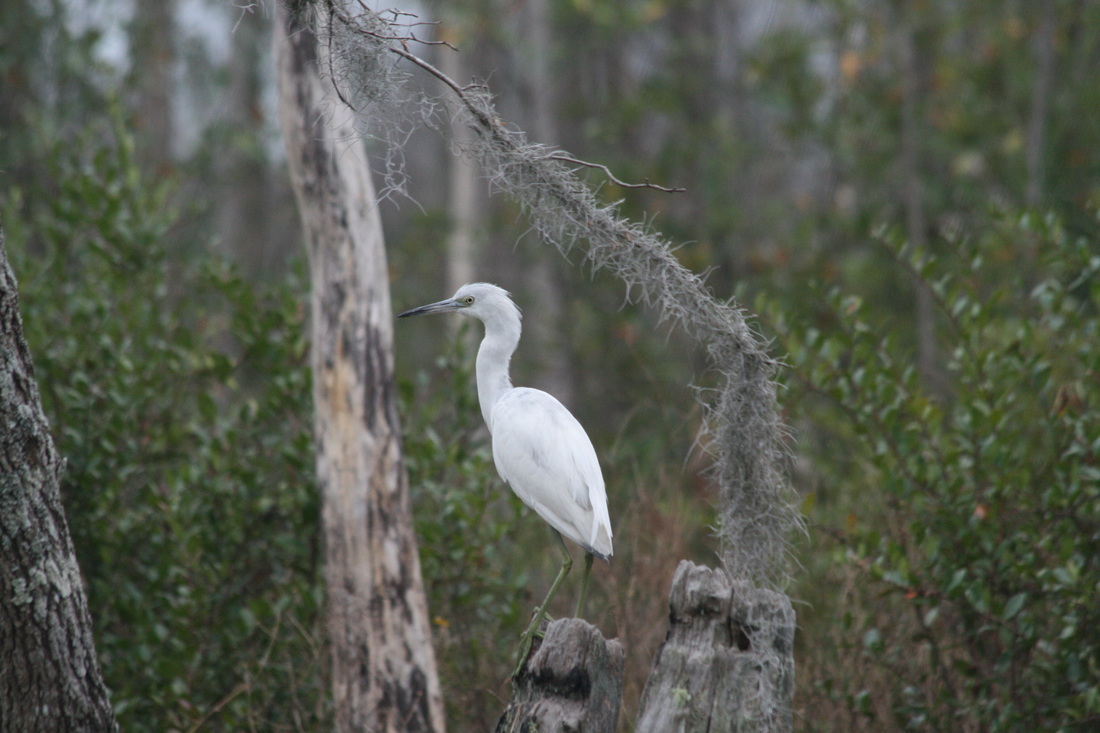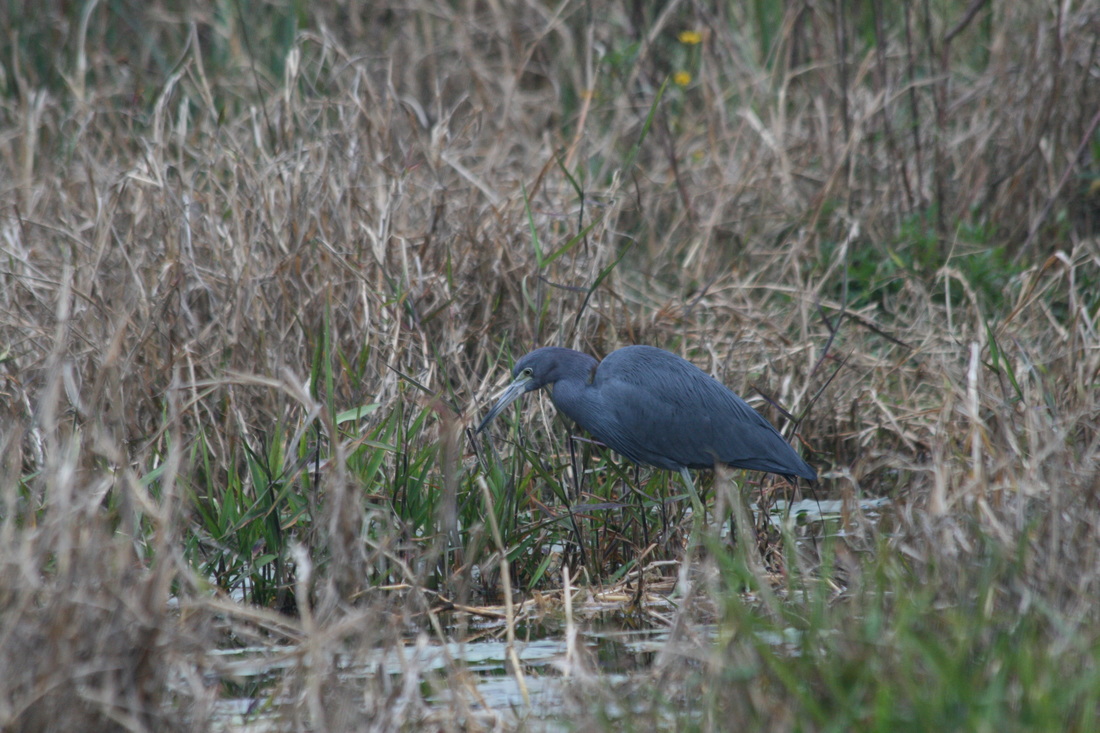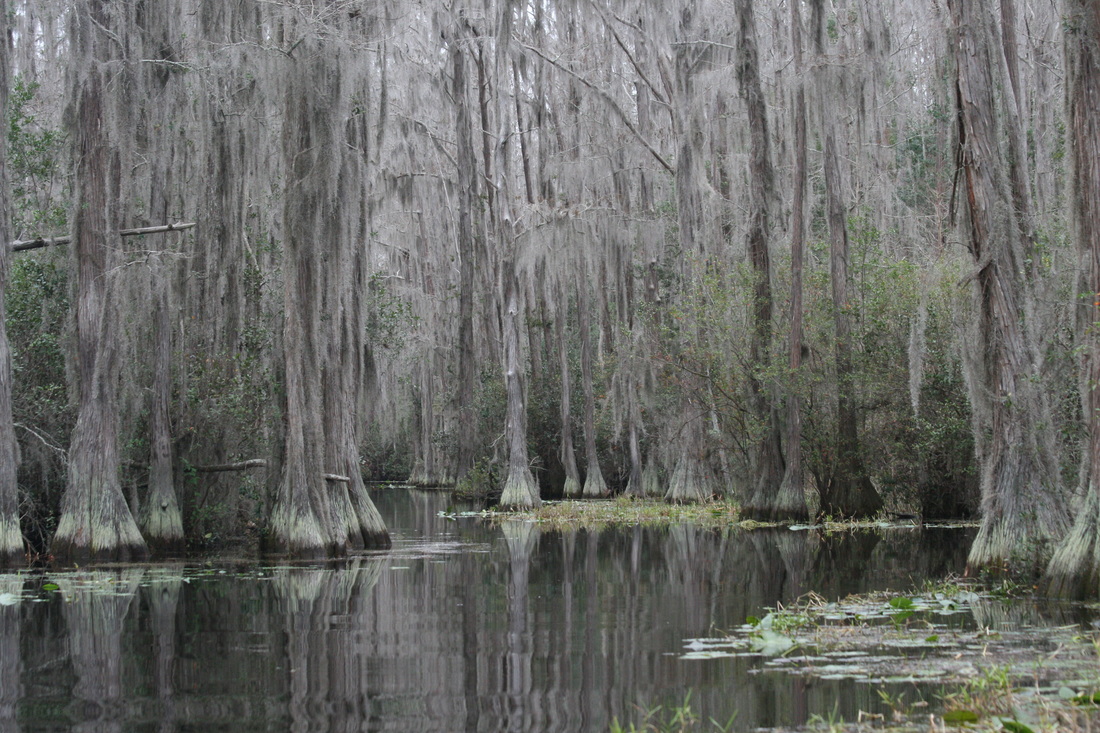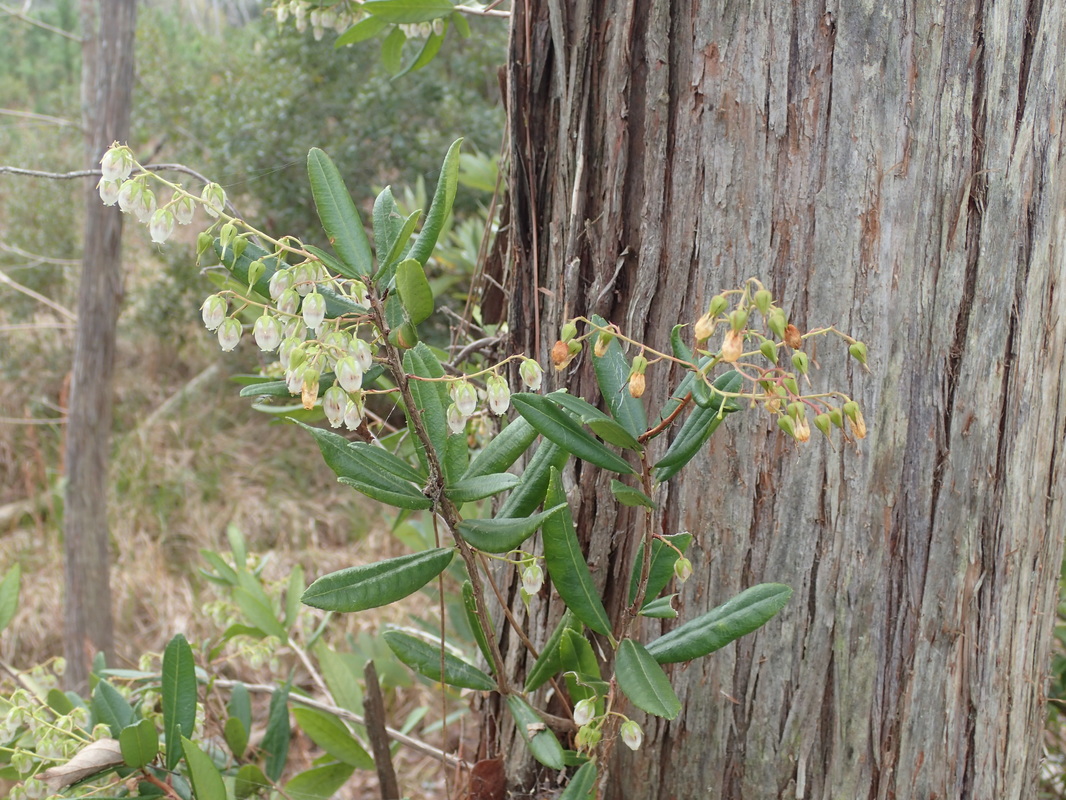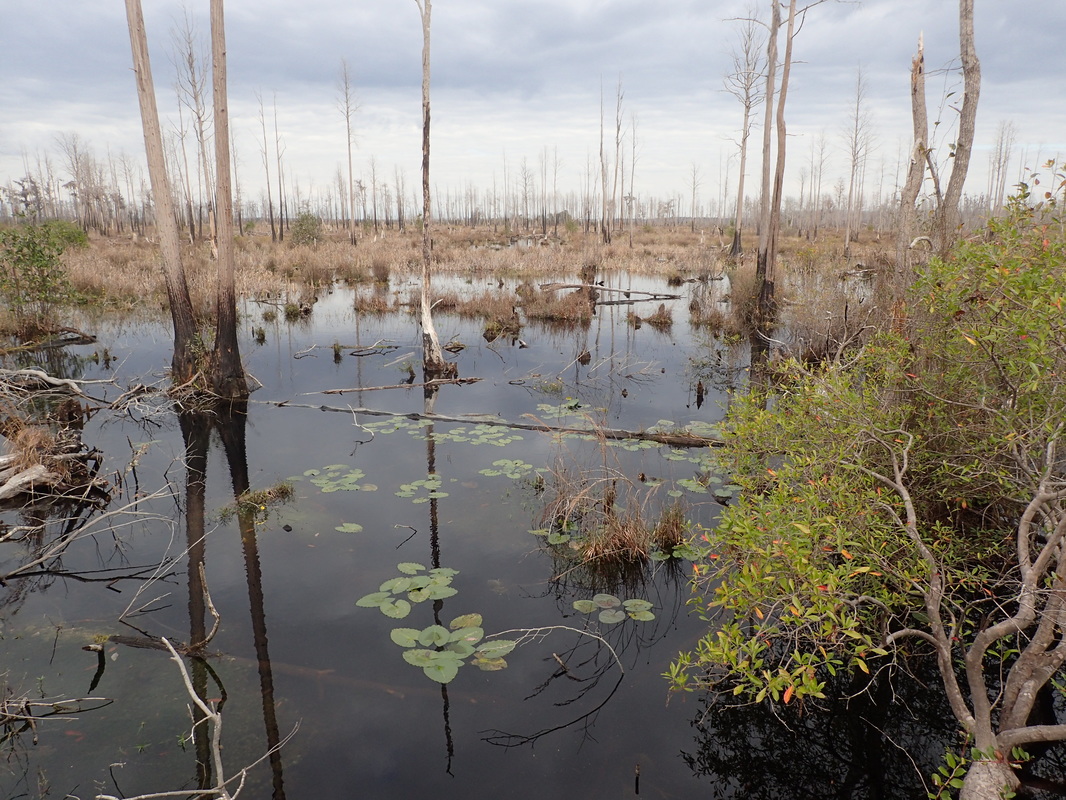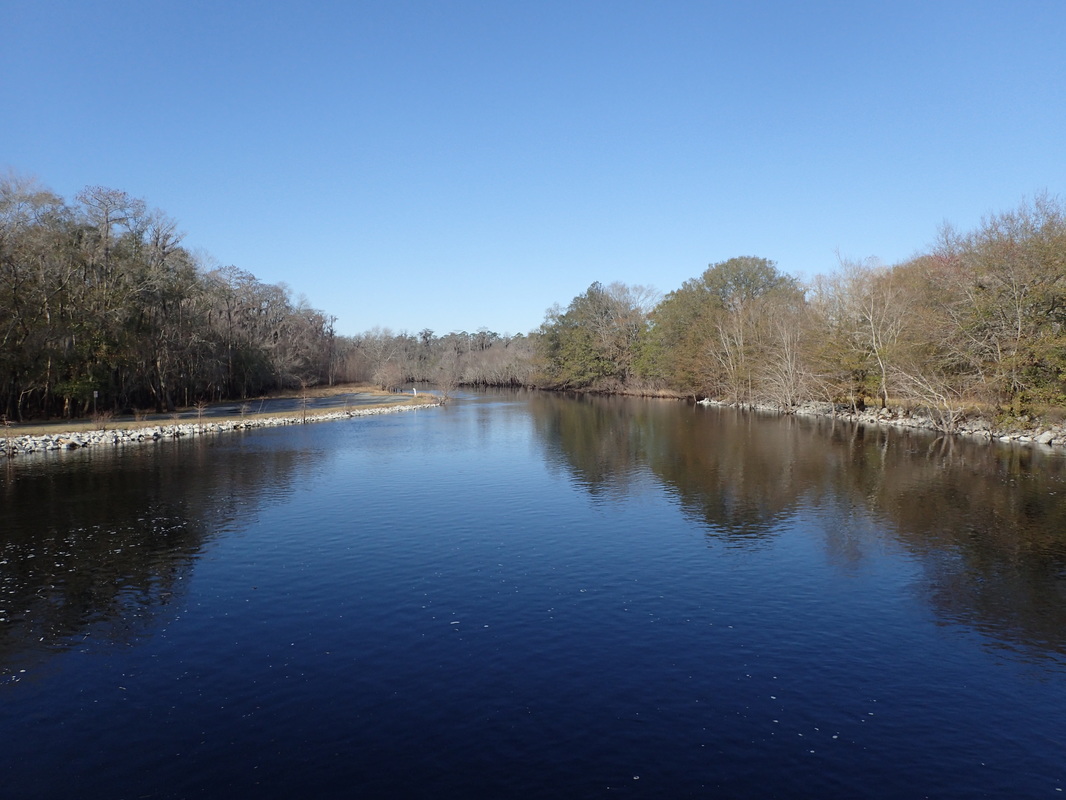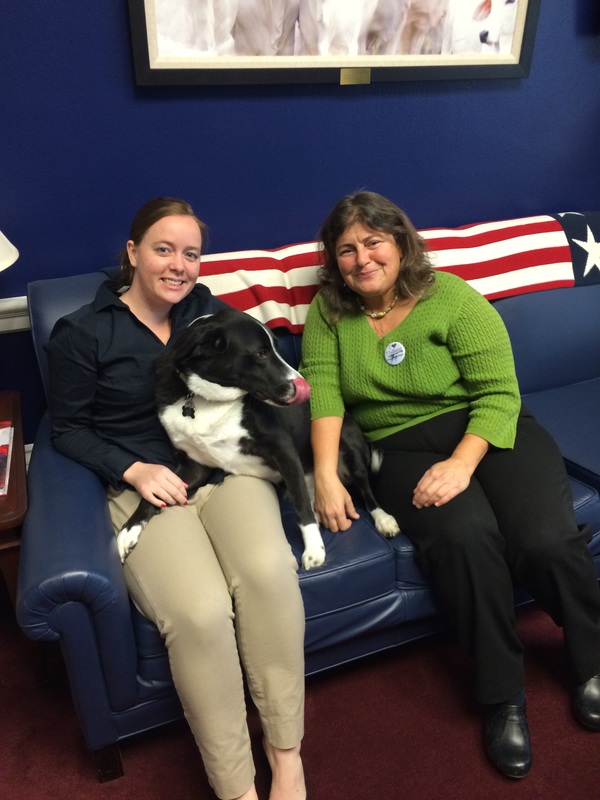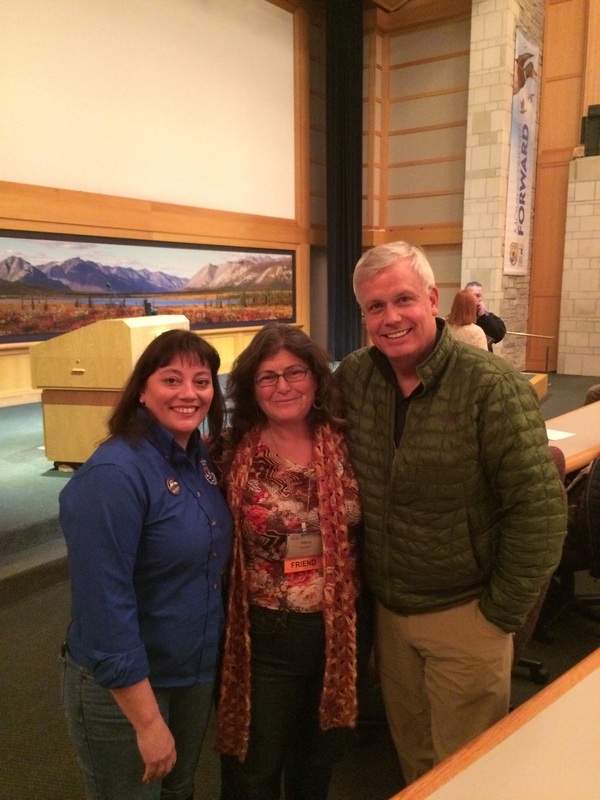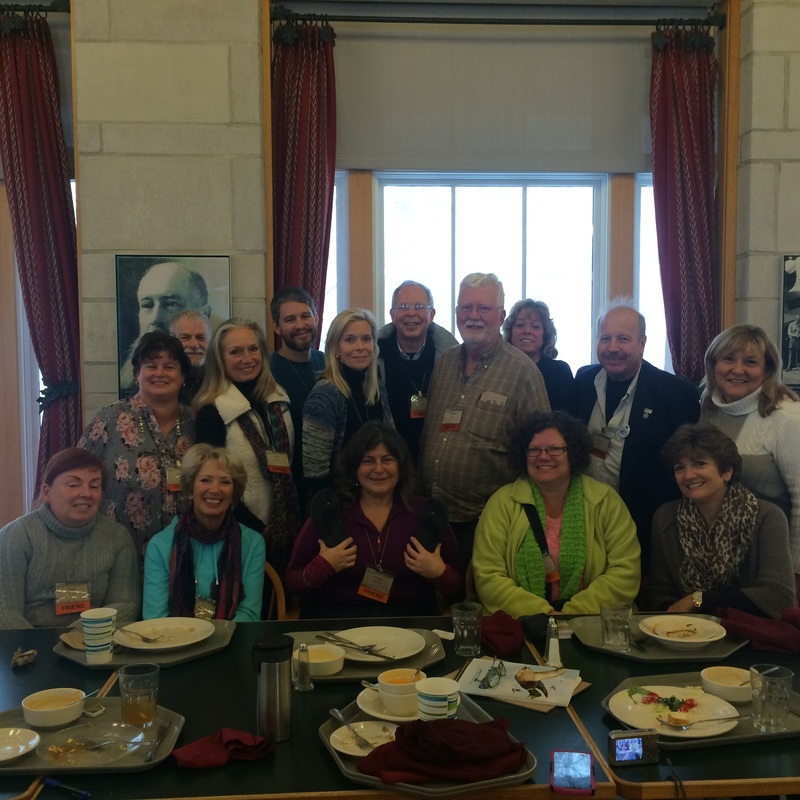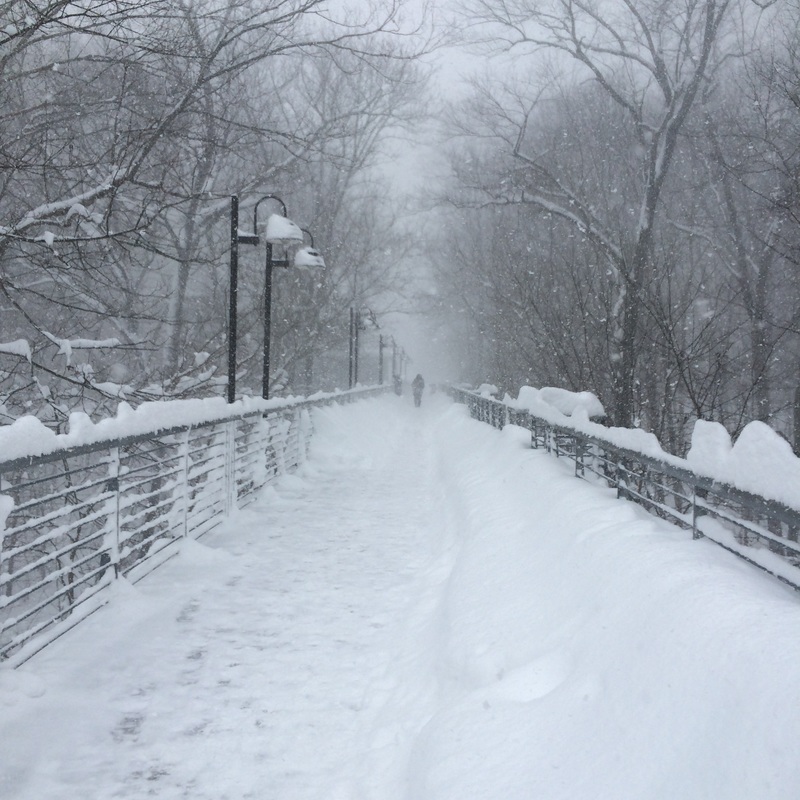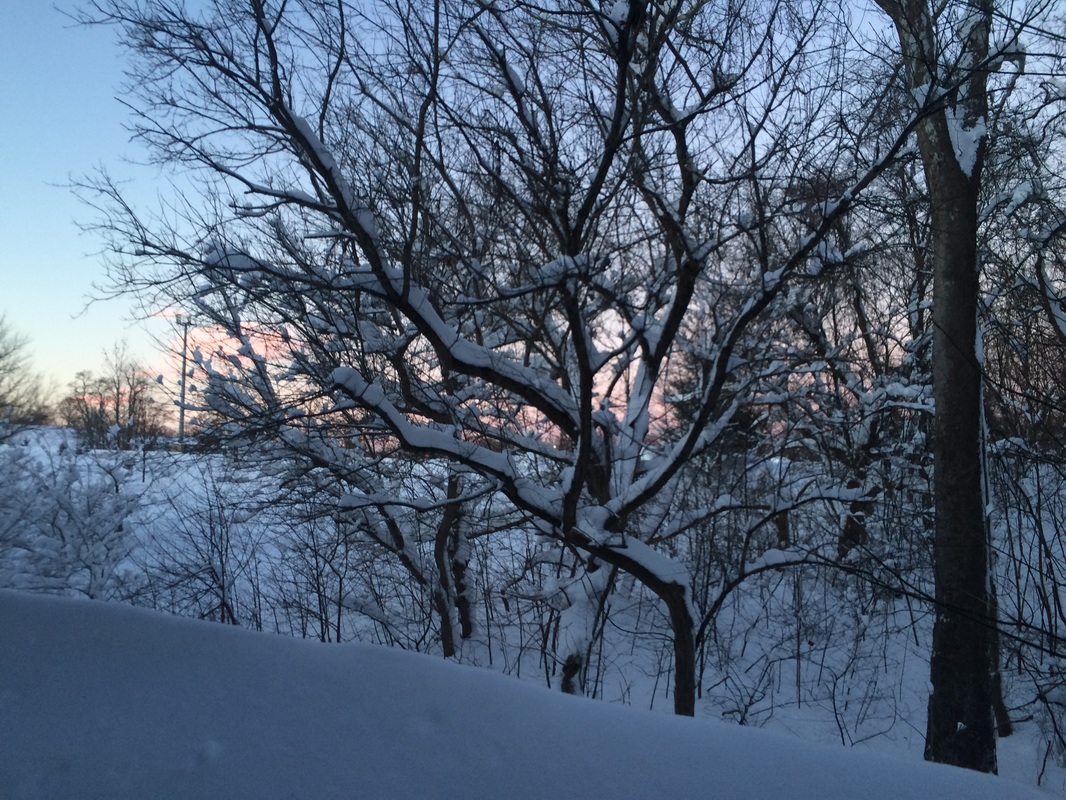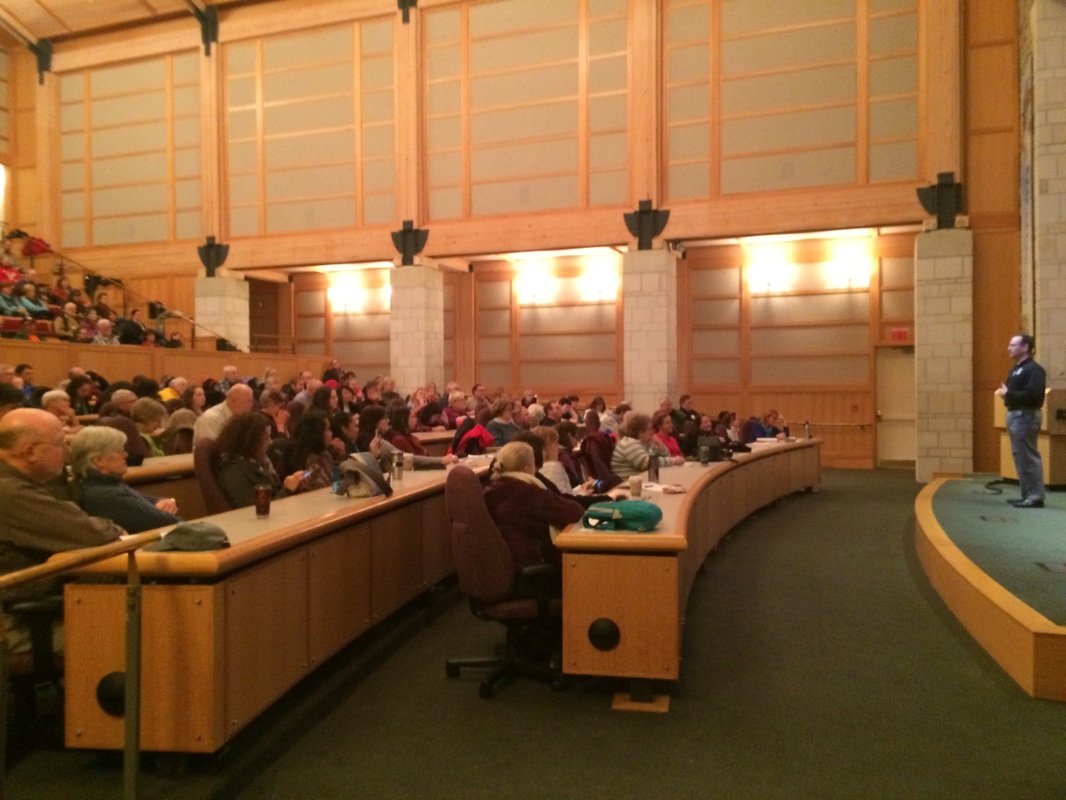|
Please join me for a walk in the woods on Thursday morning, 25 February. This walk will be along an old logging road that will go through some pine uplands bordered by sand live oaks and then through a pretty swamp area with bald cypress. It will be a two mile walk. We will walk a mile out to a small pond, and then return along the same road. A small area is still under water, so you may get your feet a little wet (or balance on some wood across the stream). We will meet at the Cedar Key Town Park parking lot closest to the beach at 8:30 to car pool. If you have any questions, please call 352-543-6738.
0 Comments
While walking in the Refuge this week, I saw at least 7 different kinds of butterflies out and flitting about. It is time (past time!) to clean up and weed the Refuge Pollinator Garden to prepare it for spring blooms!! If you are able and willing, please meet at the Lower Suwannee NWR headquarters at 9am on Monday, Feb 22 for a couple hours of weeding and digging. Please wear long pants and long sleeved shirt and bring gloves and any gardening tools you may have. I hope to see you there! If you need further directions or have questions, please call me, Donna Thalacker at 352-543-6738.
Those with the good fortune to have attended last Saturday's presentation by the Nature Coast Biological Station at the Cedar Key Library got an outstanding introduction to the Suwannee alligator snapping turtle (Macrochelys suwanniensis), a local species that is new to science. These turtles were long thought to be members of a wide-ranging species that occurs across much of the southeast. But investigators noted that they shun salt water, come out on land only briefly to lay eggs, and probably have been isolated from their closest relatives for tens of millions of years. Biologists Savanna Barry and Travis Thomas summarized several lines of scientific evidence that clearly demonstrate that those in the Suwannee basin are members of a distinct species. Few people and few professional biologists have ever seen these secretive turtles in the wild, but they are abundant in the Suwannee and its tributaries, and are huge, weighing up to 250 pounds. Thomas and several collaborators also discovered another new species, the Apalachicola alligator snapping turtle that occurs on the western edge of Florida's Big Bend region. Thanks to the NCBS for reminding us of the unique biological treasures that surround us.
The communications team, at the request of the Board, has designed a new logo for use in our publications and elsewhere. The new logo includes the herons to represent the wildlife that our Refuges conserve and the marsh grasses and uplands wilderness that the both we and the wildlife need.
Become a Citizen Scientist and learn what YOU can do to help them!
Registration is now open for the Citizen Science training for the Spring 2016 surveys. Please note that space is limited. This program is a partnership between the Friends of the Refuges, Florida Fish and Wildlife Commission, and the University of Florida Seahorse Key Marine Lab and Department of Biology. This promises to be another interesting talk about our natural environment at the Cedar Key Library on Thursday, Feb 11 at 5pm!
Katie Glodzik and Elliott White, both PhD students in the Watershed Ecology lab within Environmental Engineering at UF, will talk about the effect of saltwater intrusion on the coastal ecosystems and the options for mitigation. Saltwater intrusion from sea level rise and reduced freshwater flow is a growing threat around the world. The Big Bend's flat coastline and Florida's growing population and dependence on groundwater extraction make the Big Bend particularly vulnerable. Major ecosystem transitions including die-off of coastal forest, cypress swamps, and oyster reefs are already occurring. This talk will cover these impacts and discuss options for mitigation. Friends of the Lower Suwannee & Cedar Keys NWRs had a field trip last weekend to the other end of our river. We visited the Okefenokee NWR. The 20 participants are ready to go again and bring along even more members . . . preferably on a somewhat warmer and less wet weekend, but before the start of mosquito season. The Cedar Key State Park is hosting a STAR PARTY at the Cedar Key State Museum at 6:30pm on 5 February. There will be a presentation and slide show on astronomy followed by a chance to gaze at the stars with the assistance and equipment of astronomers. The event is FREE. It is a great presentation and, if the stars are out, a fabulous chance to see the stars and learn more about them!!
Maria Sgambati, president-elect of Friends, will be sharing with the Board what she learned when she attended the Friends Forward gathering in Washington in January and when meeting with Congressional representatives. Here are some of her photos. |
Archives
June 2024
|

Friends of the Lower Suwannee & Cedar Keys National Wildlife Refuges
P. O. Box 532 Cedar Key, FL 32625 [email protected] We are a 501(c)(3) nonprofit organization. |
|
